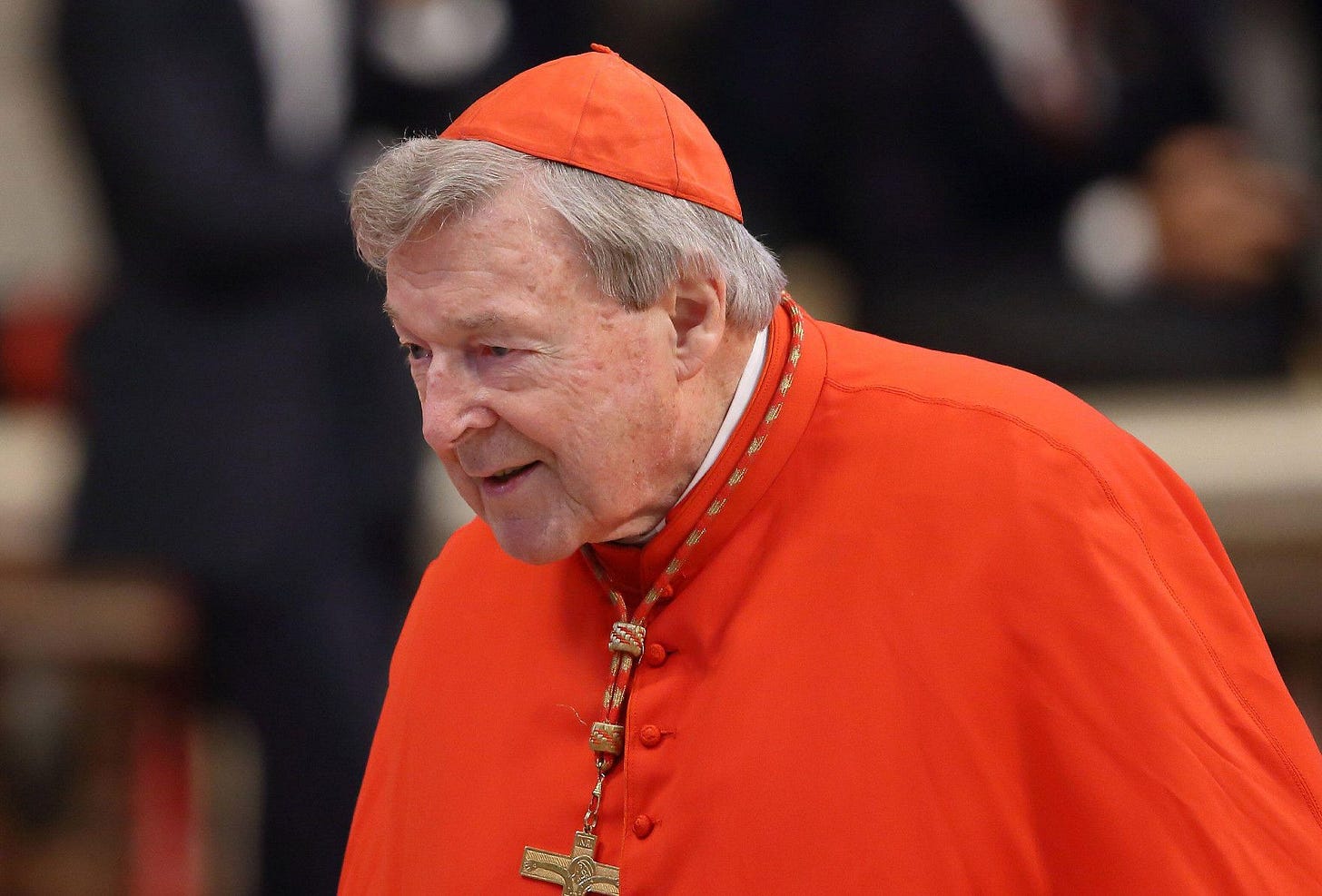Protestors plan ‘Go to Hell’ march for Cardinal Pell’s burial
Pro-LGBT activists in Sydney are set to stage a protest during the funeral Thursday of Cardinal George Pell.

Pro-LGBT activists in Sydney are set to stage a protest during the requiem Mass Thursday for the burial of Cardinal George Pell, the former archbishop of the diocese and head of the Vatican’s financial oversight department.
The demonstration, which is being organized under the slogan “Pell go to Hell” was given the green light to proceed after police ini…
